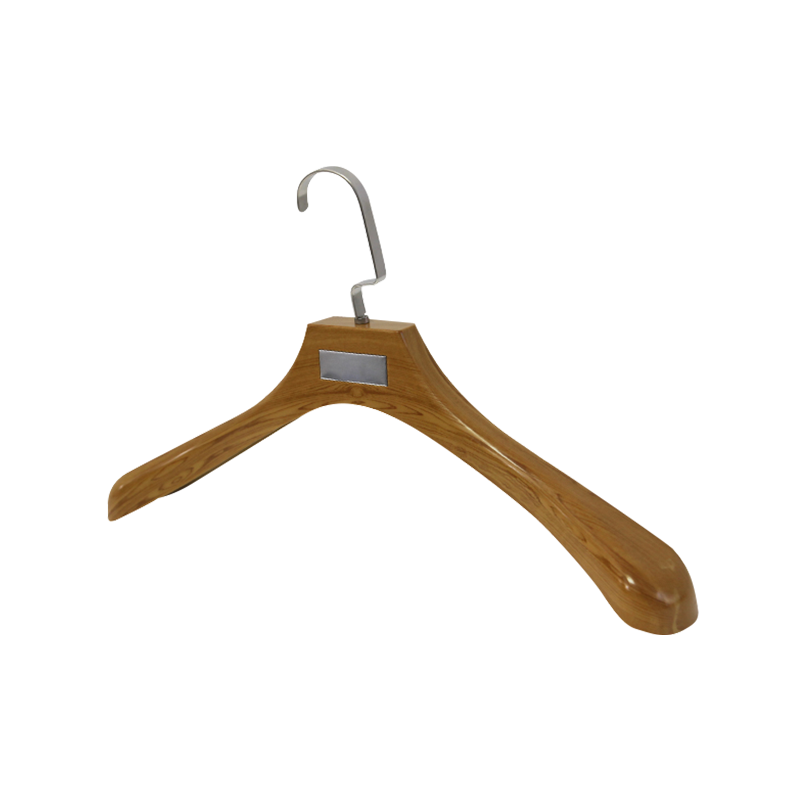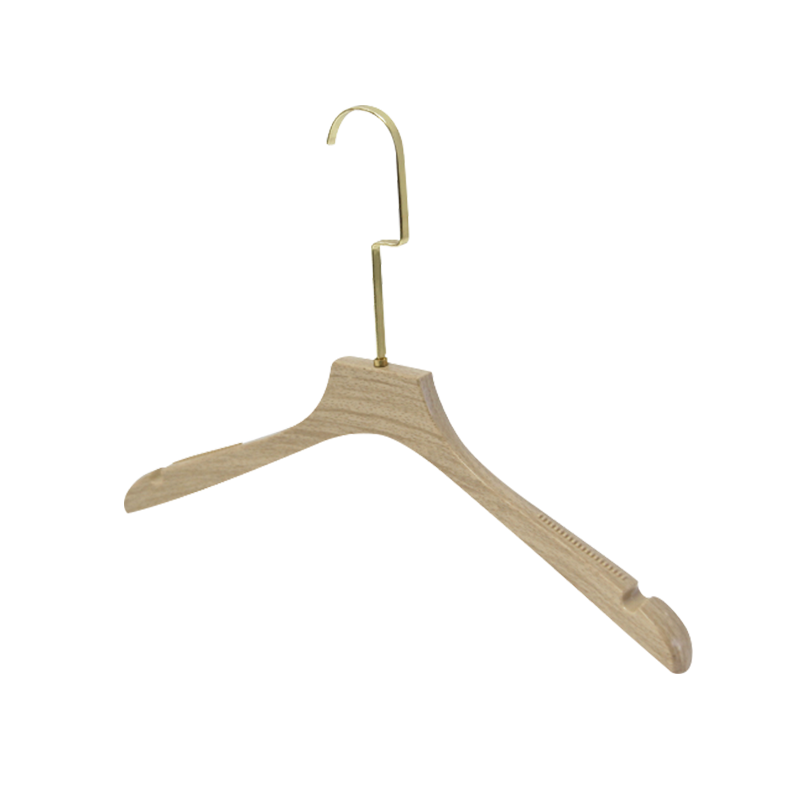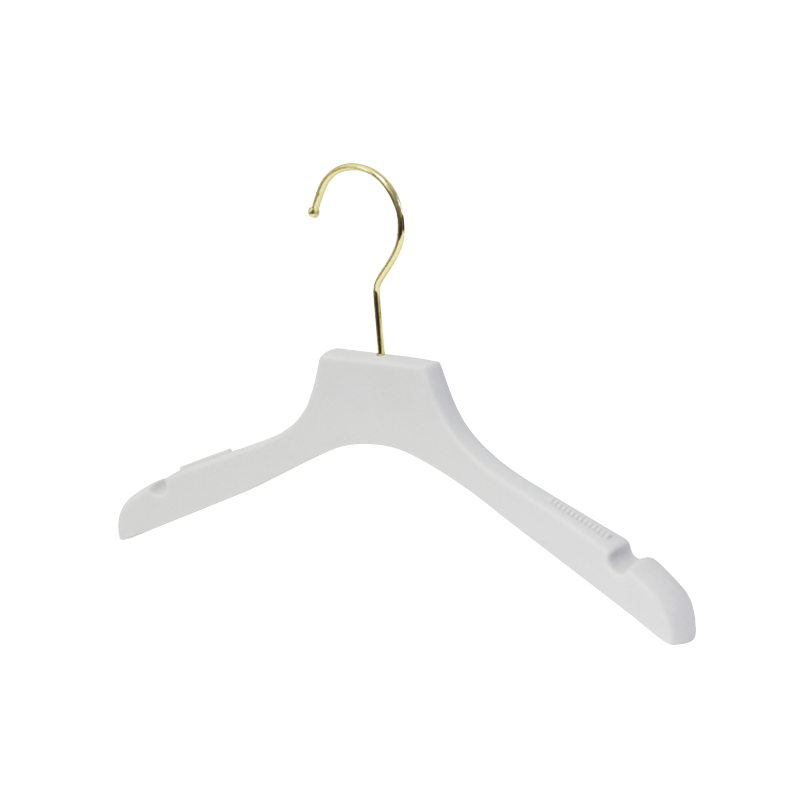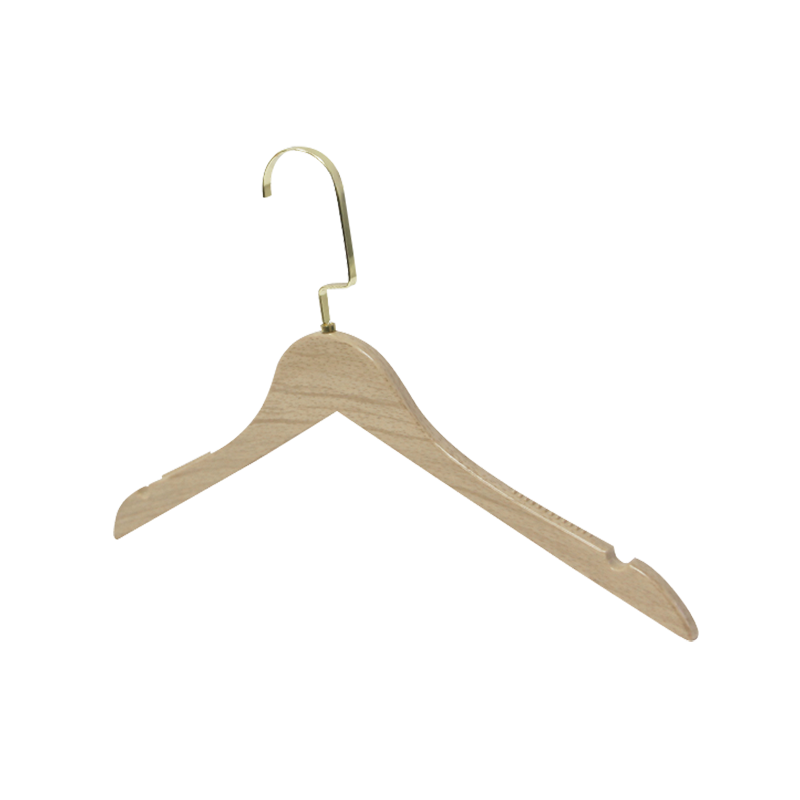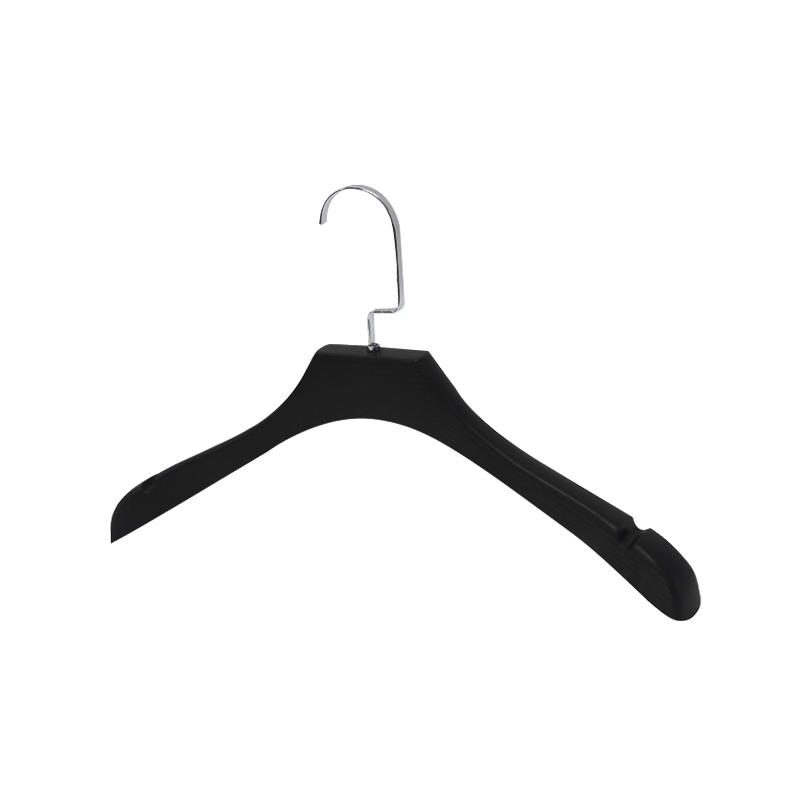A vertical electric steamer factory is an appliance that uses electricity to generate steam for cooking food placed in stacked compartments. The vertical orientation means the steamer's trays or baskets are arranged one above another, allowing multiple layers of food to be cooked simultaneously without mixing flavors.
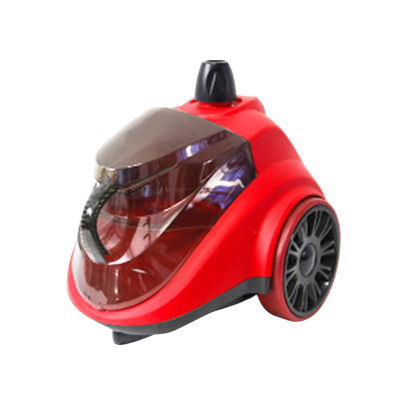
Classification Based on Capacity
One primary way to classify vertical electric steamers is by their capacity, which usually depends on the number and size of steaming compartments. Small vertical electric steamers often feature two to three tiers and are designed for personal or small family use. These compact models are ideal for steaming vegetables, seafood, or small portions of rice.
Medium-sized vertical electric steamers typically have three to five compartments, allowing more food to be steamed at once. These are suitable for larger families or small commercial kitchens. Large vertical electric steamers may have six or more tiers and are commonly used in restaurants or catering services where high volume steaming is necessary. This classification by capacity helps consumers and businesses choose a steamer that matches their cooking volume needs.
Classification Based on Material and Build
Vertical electric steamers also vary by the materials used in their construction, which impacts durability, hygiene, and aesthetic appeal. The common materials for the trays and body of the vertical electric steamer include stainless steel and BPA-free plastic.
Stainless steel vertical electric steamers are favored for their robust construction, ease of cleaning, and resistance to corrosion. They tend to have a longer lifespan and are suitable for both home and professional use. Plastic vertical electric steamers are usually lighter and more affordable, making them a popular choice for household use. They often come in colorful designs and can be easier to handle, though they may require more careful maintenance to avoid staining or cracking.
Classification Based on Functionality
Functionality is another important aspect in classifying vertical electric steamers. Basic vertical electric steamers offer straightforward steam cooking with manual timers and simple on/off switches. These models are user-friendly and effective for everyday steaming needs.
Advanced vertical electric steamers include additional features such as digital controls, adjustable temperature settings, and preset cooking programs for different types of food. Some models incorporate delay start functions, automatic shut-off for safety, and water level indicators to improve user convenience. These multifunctional vertical electric steamers allow more precise control over the cooking process, better results.
Classification Based on Application
Vertical electric steamers can also be classified according to their intended application or target market. Household vertical electric steamers are designed with compactness, ease of use, and affordability in mind. They focus on serving everyday cooking requirements and often emphasize safety features suitable for family use.
Commercial vertical electric steamers cater to restaurants, catering businesses, and food production facilities. These units are larger, more powerful, and built to withstand heavy usage. Commercial models may include features such as rapid steam generation, continuous steaming capability, and easy maintenance to support busy professional environments.
Specialized vertical electric steamers are designed for particular cuisines or food types. For example, some vertical electric steamers come with compartments specifically designed for dumplings, buns, or seafood, offering steaming conditions for those items.



 Language
Language  English
English 中文简体
中文简体 Español
Español русский
русский
